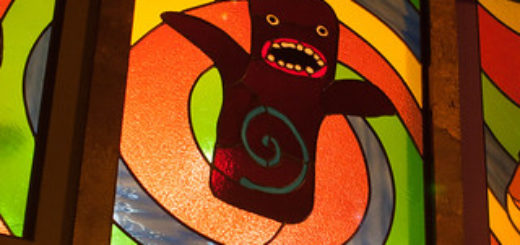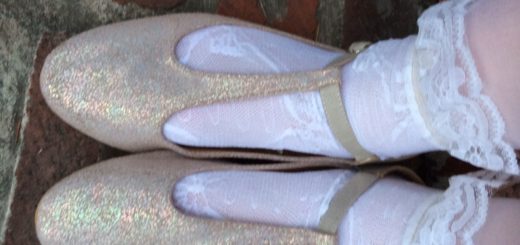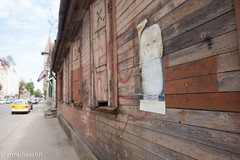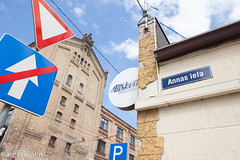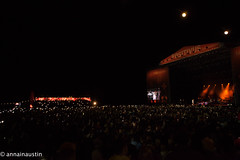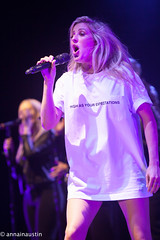Revisiting the 60s…in a space from 1915!
 The screenings for the 14th annual Austin Film Festival started last night at Austin’s historic and glamorous Paramount Theatre.
The screenings for the 14th annual Austin Film Festival started last night at Austin’s historic and glamorous Paramount Theatre.
Before the evening got properly underway, I spent some time staring up at the painted female figure in the center of the beautifully restored 1915 house, a space originally built for vaudeville. All movies should be shown in a space like this, at least once.
The screening began with an animated reel of the AFF’s sponsors. Unfortunately, while the reel was clever and well-done, the visual they had picked, with sponsor signs dangling from cranes, was highly reminiscent of an Austin accident the day before the festival opened.
On the morning before the festival, an industrial crane working on a downtown apartment development fell over, temporally closing a downtown street for several hours. No one was hurt, but the dramatic picture of the twisted metal of the wrecked yellow crane dominated the Thursday Metro section of the local Austin American-Statesman newspaper.
So, as the sponsor reel played, that accident was all I could think of. That’s bad timing for the film festival, because who could have predicted a crane crash?
The sponsor reel was followed by the regional premiere of the Opening Night Film Chicago 10. The movie recounts the trial of the Yippies who were prosecuted for their role in the events during the 1968 Democratic National Convention in Chicago.
While it started off slowly, the film gave me a better idea of why that trial had been important. It’s told using archival footage and new animation, and it cuts back and fourth between the trial, and the events the group was tried for. That blend works well, as it builds to a dramatic conclusion. The cast included Hank Azaria and Nick Nolte, among others.
While writer/director Brett Morgen (The Kid Stays in the Picture) had been scheduled to be in attendance, he wasn’t able to make it. However, Abbie Hoffman’s pal and fellow Yippie movement co-founder Paul Krassner was there to answer a few questions, both about the film and about the era. Among the tidbits that Krassner shared, was that LSD doesn’t feature overtly in the film, for one key reason: “Backers were concerned about having LSD in this,” Krassner said.
Surprisingly, current music is used in the film, something that Krassner wasn’t really in favor of. I agree with him. There’s something disconcerting about seeing a movie about the 60s, with a rap soundtrack rather than Judy Collins and The Doors.
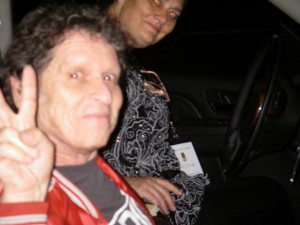 After the film, I was lucky enough to snag a picture of Krassner, as he was being driven away from the screening.
After the film, I was lucky enough to snag a picture of Krassner, as he was being driven away from the screening.
I had asked Krassner politely if I could take his picture, and he had kindly obliged. His driver, in a fit of generosity, then offered to take a picture of me with him…where my digital device decided to pick that precise moment to die. Agrh! How embarrassing.
Ah well, at least I have the memory of the awkwardness of posing with a historical figure waiting for a picture that was’t meant to be.
picture, and he had kindly obliged. His driver, in
a fit of generosity, then offered to take a picture
of me with him…where my digital device decided
to pick that precise moment to die. Agrh! How
embarrassing.
Ah well, at least I have the memory of the
awkwardness of posing with a historical
figure…waiting for a picture that wasn’t meant to
be.
